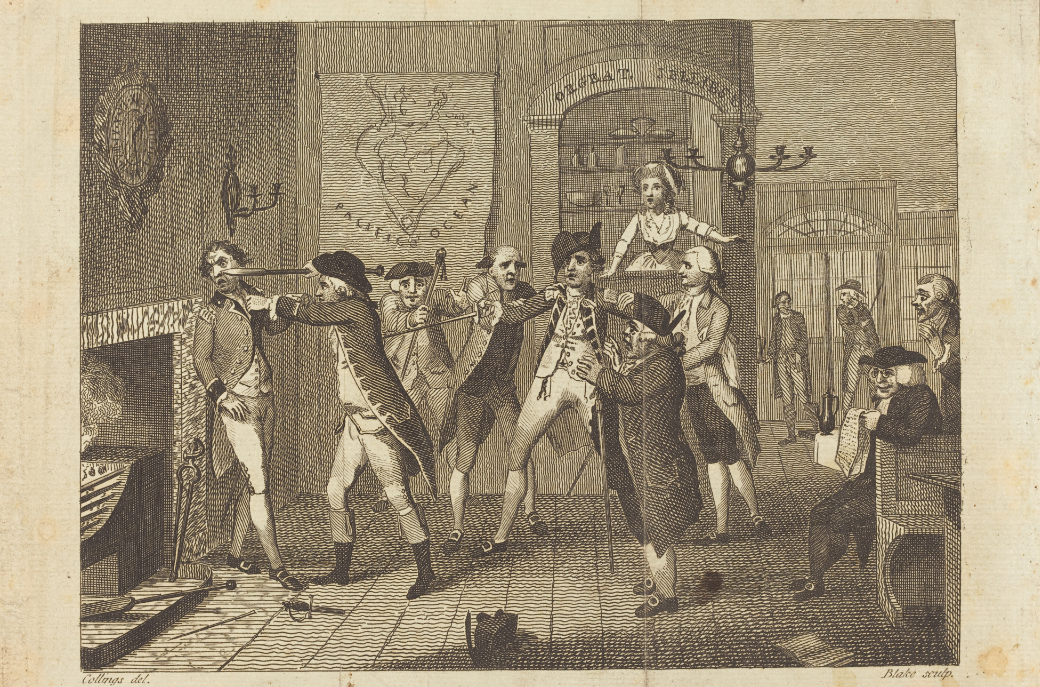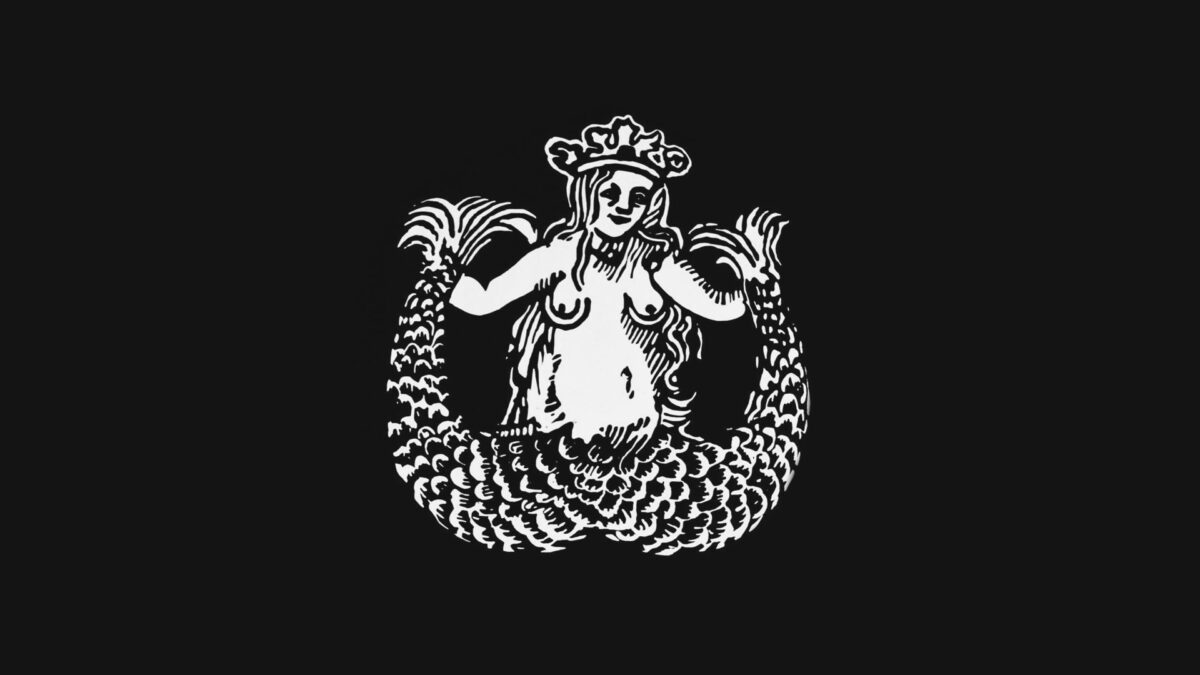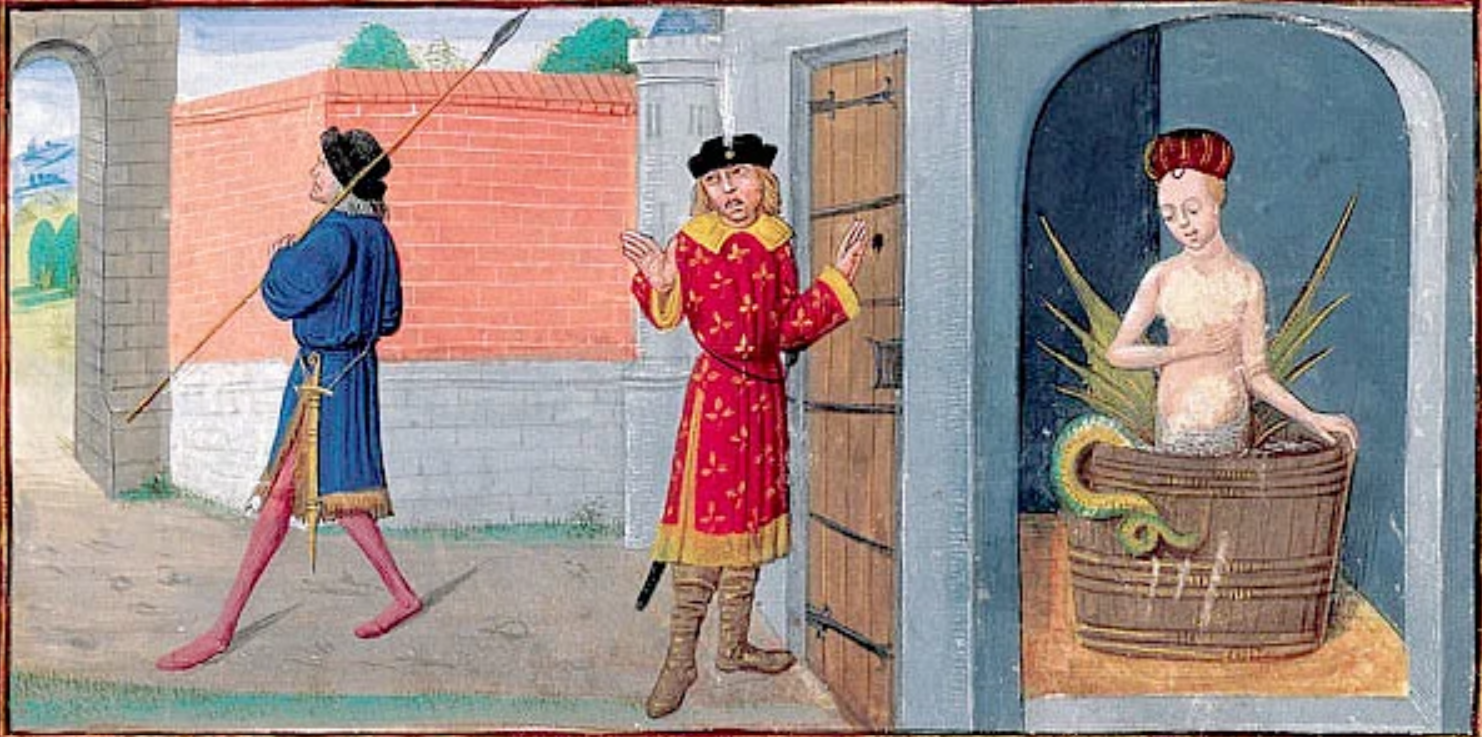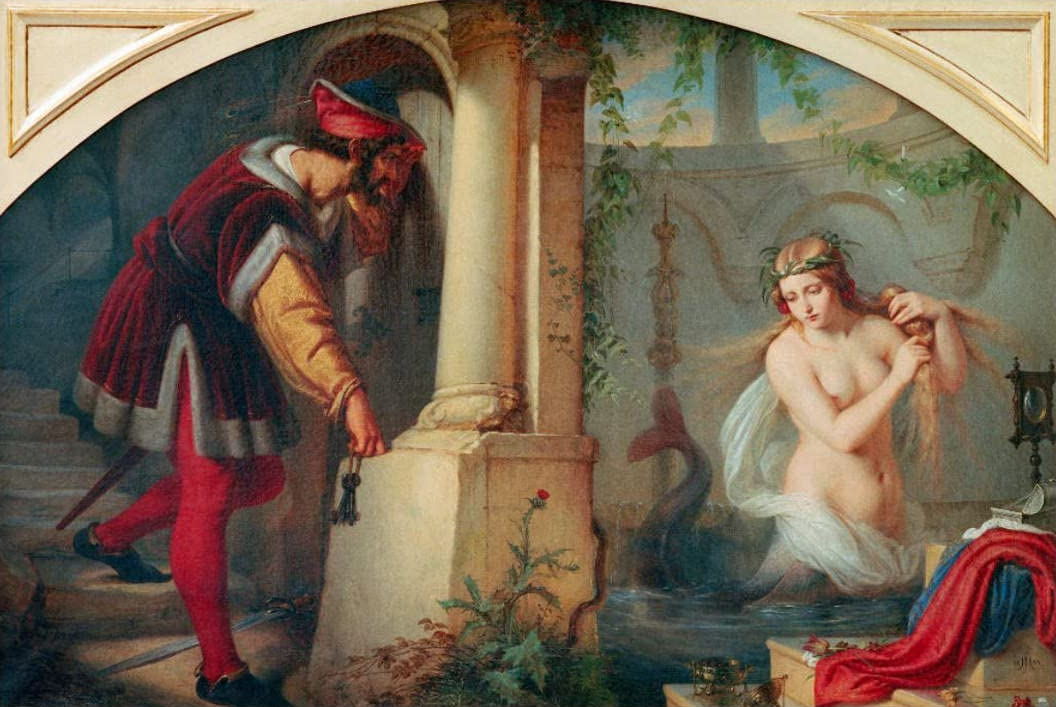By Efstathia Valavani,
While drinking your favourite Starbucks coffee and noticing the sign on the cup, you might have wondered what a siren has to do with coffee. As usual, the sea is the connector of all things. It was the European sailors of the 16th and 17th centuries that brought the bitter drink from the Eastern world to Europe and the American continent, making it one of the most popular beverages of all time. Of course, travelling through the ocean was an extremely dangerous activity due to the adverse conditions and –what else– the sea monsters and bewitching mermaids that were destined to bring calamity to the adventurous explorers. When Starbucks was created, the fathers of the company were seeking to preserve the heroism and the mystical characters of those early travellers, to whom we owe our beloved coffee.
In 1971, Terry Heckler and the founders of Starbucks were in search of original and authentic ways to establish their company’s aesthetics and identity. It is no coincidence that the name of the company was connected to the character from Melville’s novel Moby Dick, attaching the feel of sea adventure to the company. The artists behind the logo, wanting to maintain the nautical elements of the style, were enchanted by the calling of a mysterious being that looked like an ancient siren with two tails. This mythical mermaid appears in Medieval Folklore and is no other than the beautiful Melusine, who was cursed to become a split-tailed monster and a harbinger of death.
Melusine originates in European folklore and Celtic mythology, but different regions, such as Britain, France, and Germany, have a few differences in small details of the story. She is a pre-patriarchal goddess of the water who is half-woman and half-serpent with a double tail. There are a handful of variations in her legend, according to the version you are reading. The most famous version of the myth is the French one, which is according to the 14th century tale by Jean d’Arras entitled Roman de Melusine. Those that remain the same in all variations are the heavy secret of a mother’s curse on the beautiful maid, and the betrayal of the revelation of that secret.

The story begins with Pressine, an ancient fairy, and Elinas, a widowed king who falls in love with her. Pressine accepts his hand, impressed by his faithfulness to his late wife, under the condition to not try to see her during the birth of any of their children. Sad to say, when the king finds out that his fairy has given birth to triplets, he forgets all about that oath he gave her and enters her chamber. This betrayal leads Pressine to lay hold of her newborns, Melior, Palatine, and Melusine. She resorts to the Isle of Avalon, where she laments for the loss of her lover, showing her daughters the realm that could’ve been theirs.
The three girls reach the age of fifteen and their mother tells them the reason she left their father. Melior and Palatine understand their mother’s decision but simultaneously feel compassion towards their father who, in a moment of excessive bliss, unwillingly broke his promise. Melusine, on the other hand, says nothing about him, while hatching a devious plan to avenge her beloved mother. After convincing her sisters to help her, they use their supernatural powers to kidnap Elinas and imprison him inside a mountain with all of his fortune. To Melusine’s great sorrow, her mother is immensely displeased to find out what her own daughters had done to the only love of her life. She seals her daughters Melior and Palatine for life, one inside a castle and the other inside the same mountain as her father. Melusine, the one responsible for this misfortune is denounced and banished away from her mother and Avalon.

Pressine also execrates a great curse on her daughter, detaching her from her nature. According to the curse, Melusine is convicted into turning her lower body into a serpent every Saturday. If she ever finds somebody to love her and marry him, she will be able to provide for him and offer him a great family, but he cannot, under any circumstances, see her on Saturdays at all. She finally meets Raymondin, a distressed nobleman who accidentally killed his uncle while hunting, and helps him accept his death, advising him on how he should talk to his family about what happened. Raymondin later asks her to marry him, and she agrees, under the condition to be left alone each and every Saturday.
As the prophesy suggests, Melusine manages to create the happiest of lives for her husband and his family. She gives birth to many children that, as some versions of the myth state, have some sort of physical deformation, but this causes no problem and they are deeply loved by both parents. The only thing that feels wrong in this ideal marriage is Melusine’s weekly absence for a whole day. The nobleman’s family dislikes Melusine and her demand to be completely unseen on Saturdays, and he even starts to believe that she is unfaithful to him. So, one Saturday, he does the catastrophic mistake of spying her while bathing, and realises that she has turned into a half-human serpent with two tails. Mortified, then, he publically humiliates her and her secret is now a nightmare brought to life.

From now on, our mermaid can never regain her human form back, and has to spend the rest of eternity as a serpent from her waist and below. She leaves the land, but not forever. Her mother’s curse forces her to appear to the household every time death is approaching, connecting her with bad omens and losses. She finds shelter somewhere in Brittany, in a place with other creatures similar to her, after befriending the son of Ler. However, following years of enduring that curse, she calls to her mother, begging her to change it and give her a new body. Pressine, then, furthers her torture by giving Melusine the body of a man that contrasts her feminine soul and nature.
The mermaid is now associated with those in need, the deformed and the outsiders. In the New World, Melusine’s character has survived with different variations, mostly seeking justice for women that have been mistreated, raped, or taken advantage of. Even nowadays, Melusine is referenced in popular culture, as a figure that tries to fit in, a mystical entity, and a heroine. Andersen’s Little Mermaid is inspired by her legend as well as by the changing of forms her body experiences. The Starbucks Corporation, of course, has used her figure as an emblem since it first started serving coffee. As always, human beings take from the past everything that inspires them in order to stimulate their creativity and find ways to present the oldest of stories in a new light that is relevant to our days.
References
- Birth of a Brand. CMU. Available here
- 15 Creatures from French Folklore to Haunt Your Dreams Tonight. Talkin French. Available here
- The History of Coffee. NCA. Available here
- Melusine. World History Encyclopedia. Available here
- The Legends of Melusine. World History Encyclopedia. Available here
- The Folktale of Melusine, the Medieval Face of the Starbucks Logo. Youtube. Available here
- Starbucks Archive. Starbucks. Available here
- Who is the Starbucks Siren? Starbucks stories and news. Available here
- The Story of the Siren. Starbucks. Available here




